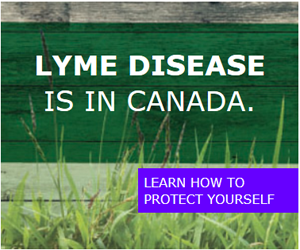Ticks and Tick Prevention

To most pet owners, the return of spring is a joyous occasion. The opportunity to spend quality time with your pet outdoors can be an exhilarating experience. Just be sure to watch out for some sneaky critters waiting to feast on your pet's blood! Everyone is well aware of the irritation that fleas can cause our pets, as well as pesky mosquitoes spreading heartworm disease. But another problem parasite that shows up in the spring and stays until about November is the tick - and they can cause serious problems, some of them deadly.

Ticks are the small wingless external parasites, living by hematophagy on the blood of mammals, birds, and occasionally reptiles and amphibians. Ticks are blood-sucking parasites that are often found in freshly mown grass, where they will rest themselves at the tip of a blade so as to attach themselves to a passing animal. It is a common misconception that the tick can jump from the plantonto the host. Physical contact is the only method of transportation for ticks. Adult ticks will climb to the top of a blade of grass or the edge of a leaf lying on the ground and wait for their potential host. This "questing" behavior puts them in the perfect position to sense movement, heat, and even carbon dioxide. Reacting to these stimuli, the tick will climb onto the new host. Once on the pet, the tick will begin feeding. The tick's mouth parts are designed to make removal difficult. Their barbed feeding tube has numerous backward facing projections and a substance produced in the tick's salivary glands actually glues the tick in place. Some ticks can feed on 200 to 600 times their body weight in blood and may take several days to finish eating. It is during this blood meal that ticks can spread a number of diseases to their host. For more information about protecting your dog from ticks, contact us at 905-643-6800.
Ticks are important vectors of a number of diseases. Ticks are second only to mosquitoes as vectors of human disease, both infectious and toxic. Hard ticks can transmit human diseases such as relapsing fever, Lyme disease, Rocky Mountain spotted fever, tularemia, equine encephalitis, Colorado tick fever, and several forms of ehrlichiosis. Additionally, they are responsible for transmitting livestock and pet diseases, including babesiosis, anaplasmosis and cytauxzoonosis.
Below you will see sizes of the 4 most common subspecies of ticks in this area, to-scale. As you can see the larvae and nymphs are quite small and are difficult to find on your pet. This is why it is so important that your pet has a tick preventative and/or is vaccinated against Lyme disease.



